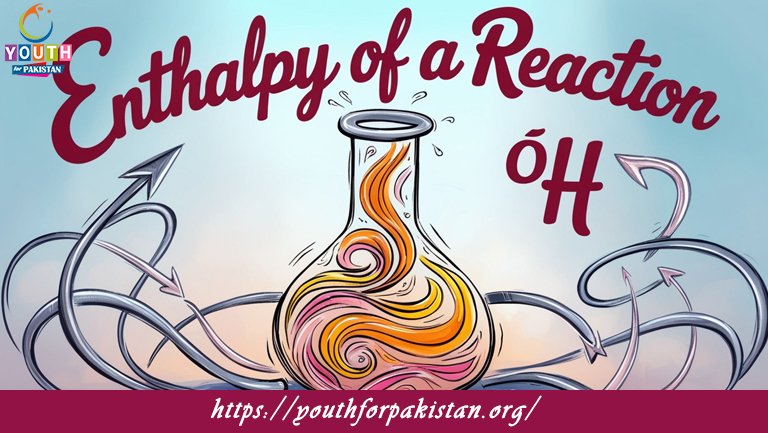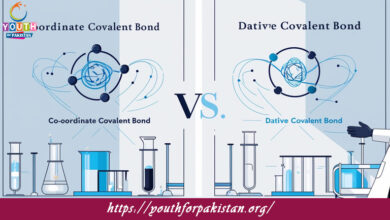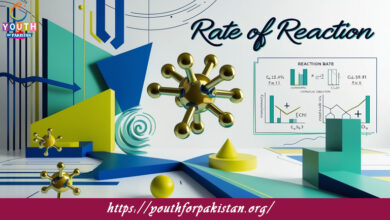Enthalpy Of A Reaction MDCAT Quiz with Answers

Enthalpy Of A Reaction MDCAT Quiz: occurs at constant pressure. It measures the difference in total heat content between products and reactants. This is an essential concept for MDCAT students to understand the energy changes occurring in chemical reactions while studying thermochemistry. Knowing how to calculate and interpret the enthalpy of a reaction helps one determine whether a reaction will release or absorb energy, which is very important for the MDCAT Quiz.
Endothermic Reactions: Within an endothermic change, the products have a greater enthalpy than the reactants, with an absorption of energy from the environment. An example in plant life is photosynthesis, during which sunlight is used to drive carbon dioxide and water to glucose. Here, ΔH has a positive sign.
Calculating the Enthalpy of a Reaction
MDCAT students should be familiar with methods of calculating the enthalpy of a reaction using different tools:
Using Hess’s Law: This relates that the overall enthalpy change of any reaction must be the sum of the enthalpy changes for each step in the reaction. Hess’s Law helps in situations when the enthalpy change for the overall reaction cannot easily be measured.
Importance of Enthalpy of a Reaction in Chemical Processes
The enthalpy of a reaction gives insight into the thermal nature of reactions and is very important in understanding how chemical processes are interacting with their environment. This becomes crucial for the prediction of the spontaneity of reactions, the heat that can be released or absorbed during a process, and the efficiency of chemical procedures, such as those running in engines or biological systems.
The concept of Enthalpy of a Reaction must be mastered by MDCAT students, as it forms the basis on how to solve thermochemical problems in the exam. Use of MDCAT Quiz and Free Flashcard tools will go a long way in memorizing enthalpy values and applying this knowledge effectively during the test.

The enthalpy change of a reaction is defined as the heat absorbed or released at __________.
constant pressure

The enthalpy change of formation is the enthalpy change when __________.
one mole of a compound is formed

In a chemical reaction, when the enthalpy of products is greater than the reactants, the reaction is __________.
endothermic

The heat of combustion of a substance refers to the enthalpy change when __________.
one mole of the substance reacts with oxygen

The enthalpy change of an ideal gas during a reversible reaction is __________.
independent of the path

The enthalpy change for a reaction in which the reactants are in their standard states is called the __________.
standard enthalpy change

The heat of fusion is the enthalpy change when a solid changes to a liquid at __________.
its melting point
Experience the real exam environment with our expertly designed collection of over 25,000 MCQs MDCAT Mock Tests.





